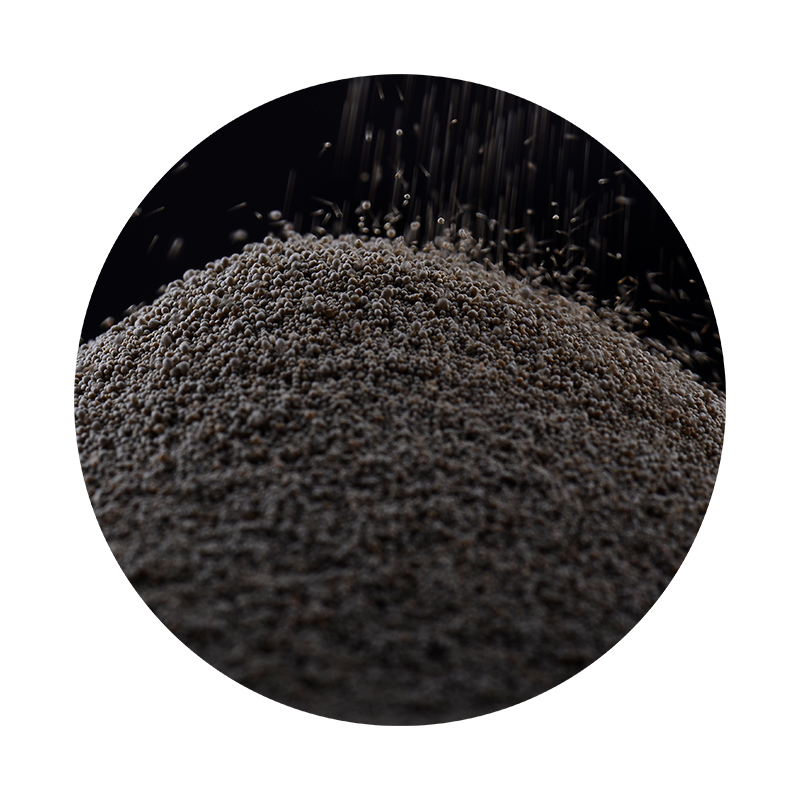How to Sand Resin A Step-by-Step Guide
Sanding resin can be a daunting task for many, especially for those new to working with this versatile material. However, with the right tools and techniques, you can achieve a smooth, professional finish on your resin projects. Whether you're working with epoxy resin, polyester resin, or any other type, this guide will help you navigate the sanding process effectively.
Understanding Resin
Before diving into the sanding process, it's essential to understand the type of resin you're working with. Epoxy resin is often preferred for its strength and clarity, while polyester resin is commonly used in fiberglass applications. Both types can be sanded, but they handle slightly differently. Ensure you wear protective gear, such as gloves, a mask, and safety glasses, to safeguard yourself against resin dust, which can be harmful.
Tools You’ll Need
To sand resin effectively, gather the following tools
1. Sandpaper Use different grits, starting from a coarser grit (80-120) and progressing to finer grits (220-400). 2. Sanding Block A sanding block helps keep the sandpaper flat and provides even pressure. 3. Orbital Sander For larger areas, an orbital sander can speed up the process, but be cautious to avoid uneven surfaces. 4. Dust Collection System If possible, work in a well-ventilated area or use a dust collection system to minimize airborne particles. 5. Polishing Compound After sanding, a polishing compound can enhance the final finish.
Step-by-Step Sanding Process
1. Curing Time Ensure the resin is fully cured before sanding. Depending on the type of resin and environmental conditions, this may take from several hours to a few days. Follow the manufacturer's instructions for the best results.
how to sand resin

2. Prepare the Workspace Set up your workspace in a well-ventilated area and cover surrounding surfaces to catch any dust. Have all your tools handy for easy access.
3. Start with Coarse Grit Sandpaper Begin sanding with a lower grit sandpaper (80-120 grit) to remove any major imperfections, such as drips or bumps. Use a sanding block for flat surfaces and sand in a circular motion or along the grain, depending on your project.
4. Progress to Finer Grits Once the major imperfections are removed, switch to finer grit sandpapers (220-400 grit). This step will help smooth out the surface and prepare it for a polished finish. Be patient and take your time to avoid creating new scratches.
5. Use an Orbital Sander for Large Areas For larger pieces, an orbital sander can be incredibly useful. Keep the sander moving to avoid creating uneven spots or gouges.
6. Wet Sanding (Optional) For an ultra-smooth finish, consider wet sanding. This method involves using water to reduce dust and help prevent clogging the sandpaper. Use wet sanding paper and keep the surface moist as you sand, moving in smooth, consistent strokes.
7. Cleaning the Surface After sanding, clean the surface with a damp cloth to remove any dust or debris. Make sure the surface is completely dry before moving on to the polishing stage.
8. Polishing To achieve a glossy finish, apply a polishing compound using a soft cloth or buffing pad. Work the compound into the surface in small circles until you achieve the desired sheen.
Final Thoughts
Sanding resin is a crucial step in the finishing process, and it can dramatically enhance the final appearance of your project. By following these steps and taking your time, you'll be able to create beautifully smooth surfaces on your resin creations. Remember, practice makes perfect, so don't hesitate to experiment with different techniques and tools to find what works best for you. Happy crafting!
Post time:Ara . 26, 2024 06:03
Next:Applications and Benefits of Resin Coated Sand in Various Industries
